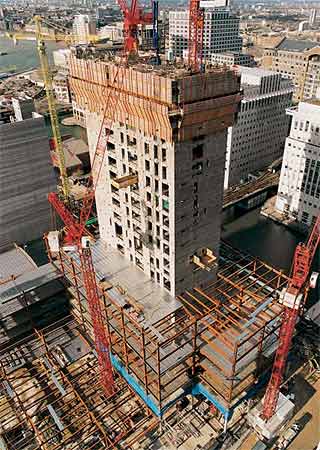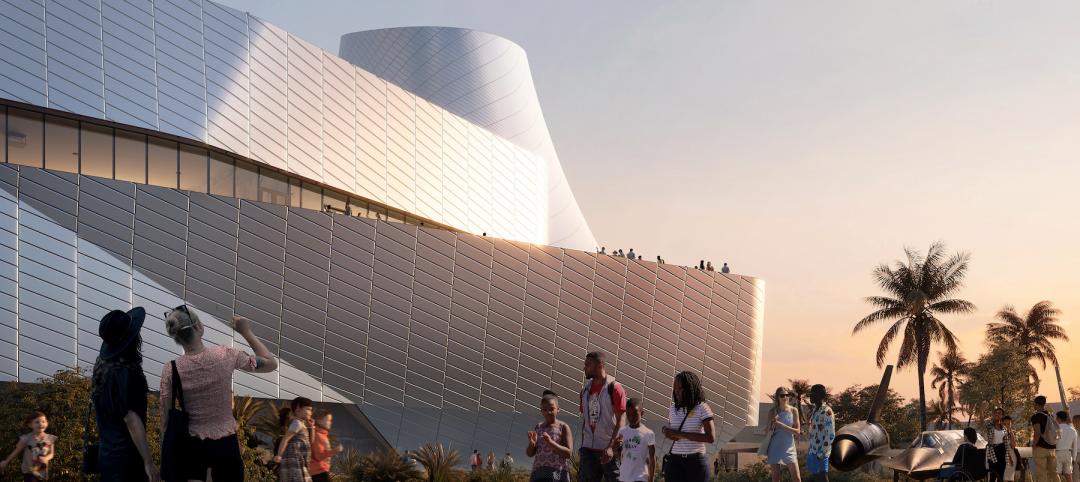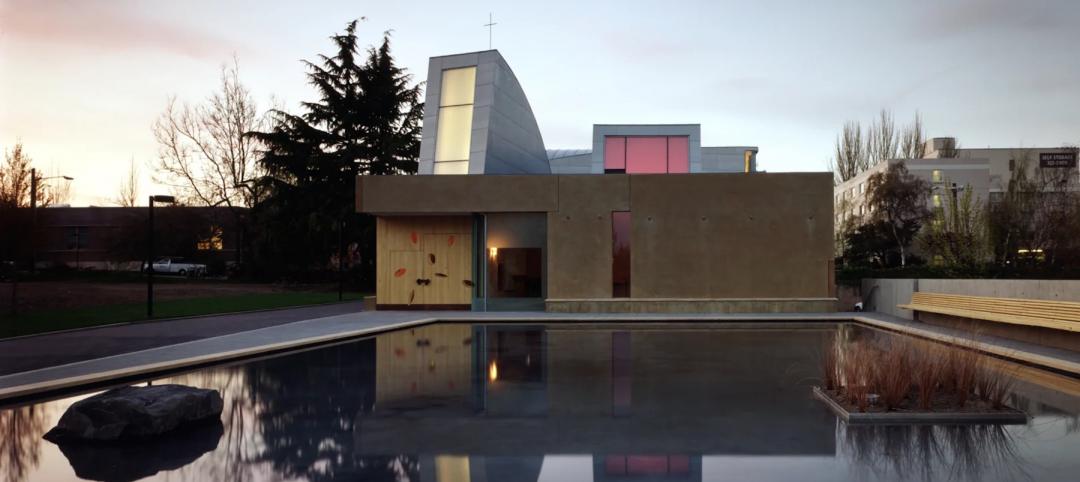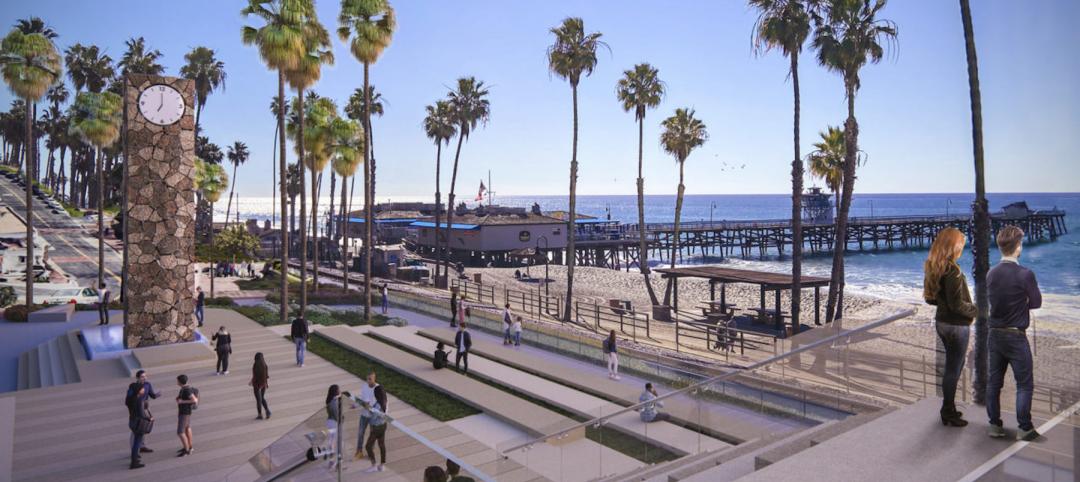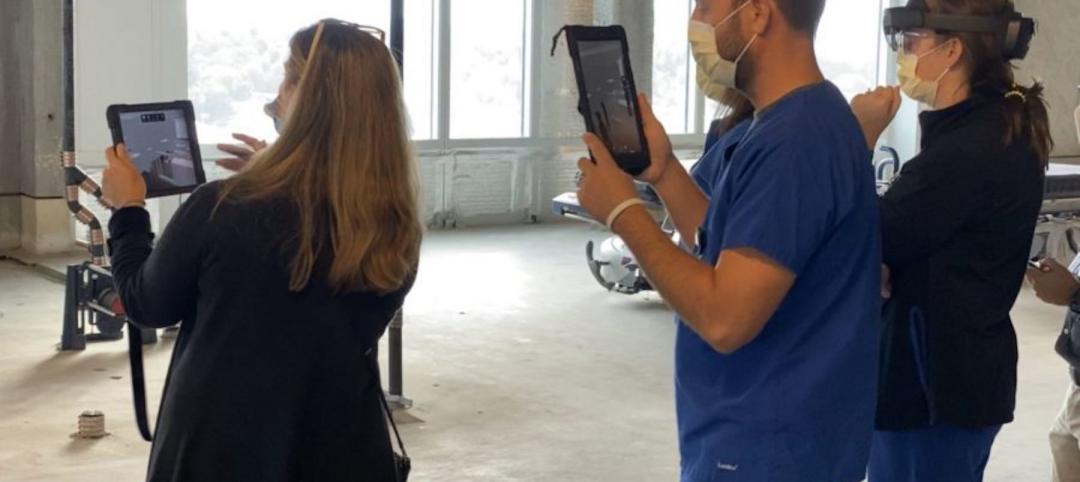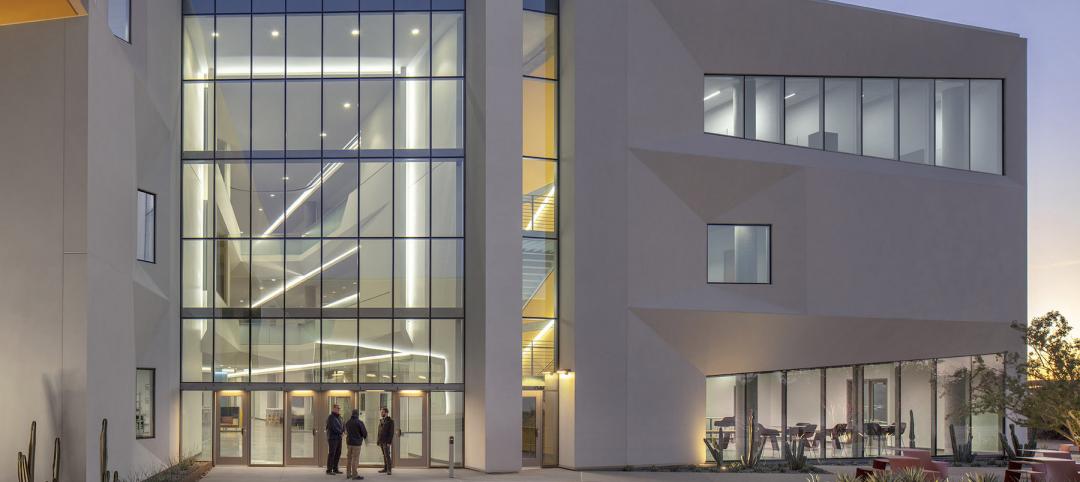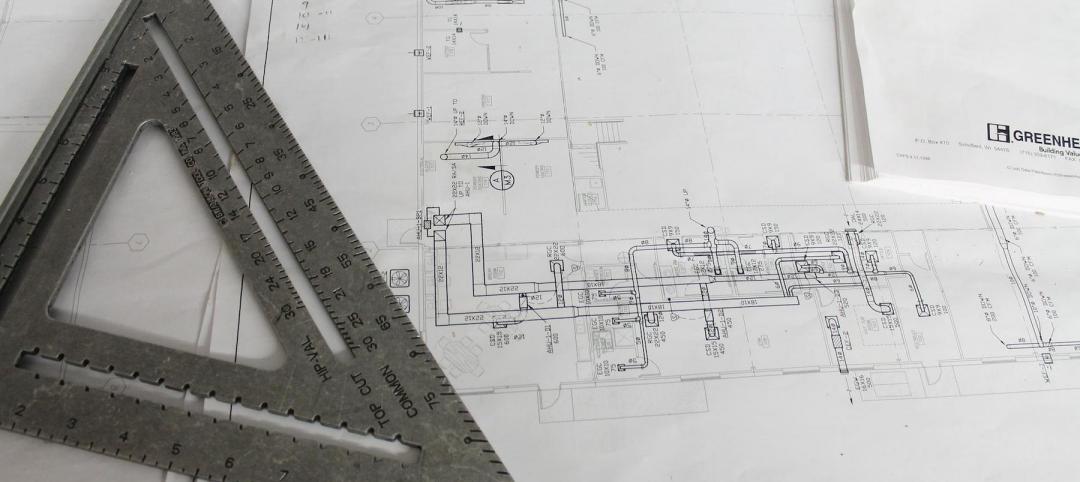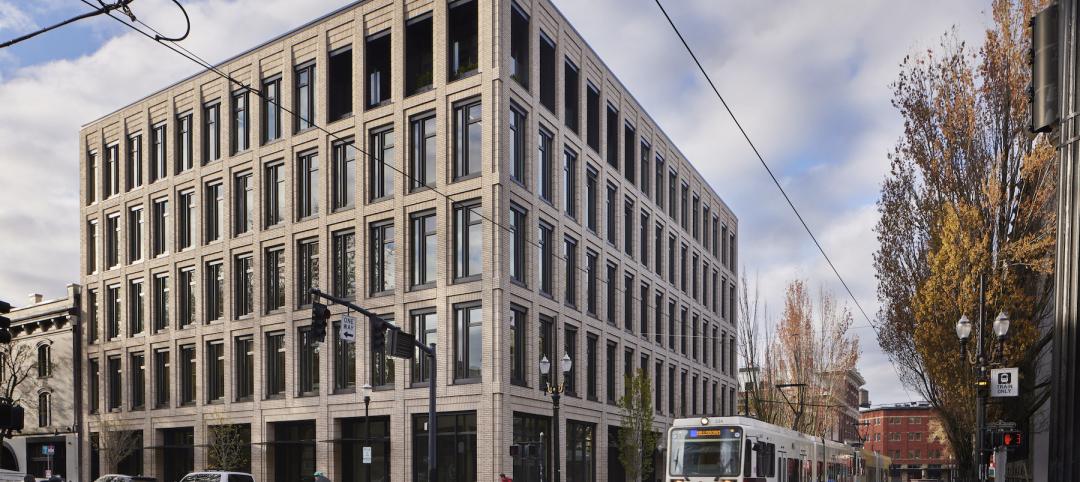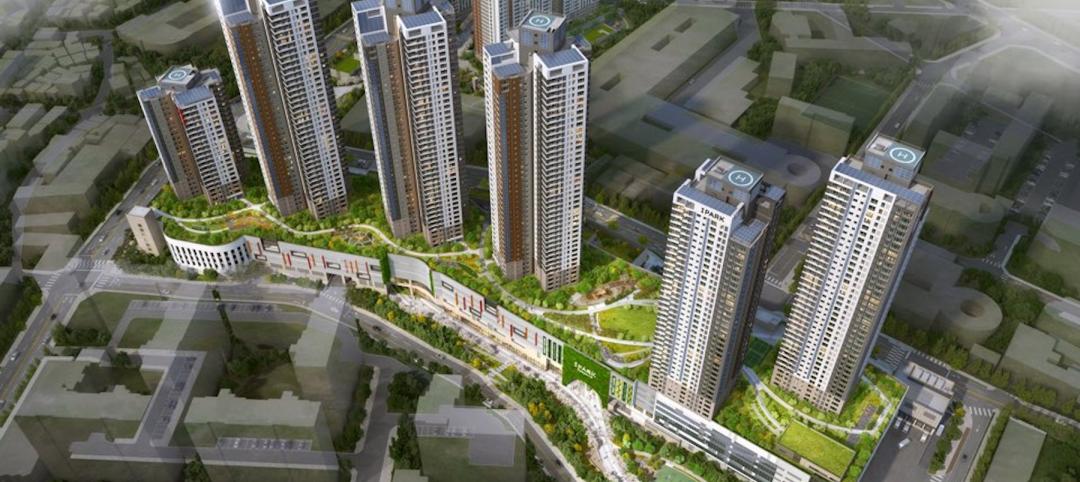More than two in three U.S. engineering firm leaders (68%) say the current business climate is better than last year at this time; and three in five (60.5%) say their backlogs are larger now compared to last year, according to results from the American Council of Engineering Companies’ new quarterly Engineering Business Index (EBI).
The EBI, representing responses of 340 engineering firm chairmen, CEOs and presidents had a composite score of 68.9 in the second quarter—a slight increase from 67.4 in the first quarter. The EBI is a diffusion index, consolidating answers to a series of questions about market and firm performance into a single number. Any number over 50 indicates expansion.
Results show that engineering firm leaders are more optimistic about prospects in private sector markets than those in the public sector. At least half believe that opportunities in buildings/commercial (53.3%), land development/surveying (54%), and industrial/manufacturing (50%) will improve over the next 12 months.
Expectations for major public sector markets were markedly lower. Only 41.5% of respondents anticipate improvement in the transportation sector, and only 40.9% believe opportunities in the water/wastewater sector will grow over the next 12 months.
“After years of a stagnant economy, engineers are beginning to see evidence of an improved business climate,” said ACEC President and CEO David A. Raymond. “Uncertainty regarding government funding is obviously dampening expectations for public sector markets.”
For a complete summary of the Summer 2014 EBI survey, go to: www.acec.org
Related Stories
Museums | Jun 28, 2022
The California Science Center breaks grounds on its Air and Space Center
The California Science Center—a hands-on science center in Los Angeles—recently broke ground on its Samuel Oschin Air and Space Center.
Contractors | Jun 27, 2022
Reverse mentorship: A model for the future of the construction workforce
Reverse mentorship can help seasoned professionals develop new skills, stay connected with younger generations, and gain future-forward insights for life and business.
Building Team | Jun 27, 2022
Chapel of St. Ignatius by Steven Holl Architects receives AIA’s twenty-five year award
The American Institute of Architects (AIA) is honoring the Chapel of St. Ignatius in Seattle, designed by Steven Holl Architects, with its Twenty-five Year Award.
Green | Jun 22, 2022
The business case for passive house multifamily
A trio of Passive House experts talk about the true costs and benefits of passive house design and construction for multifamily projects.
Building Team | Jun 22, 2022
Design for new San Clemente Marine Safety Headquarters would create new public plaza
A proposed design by HMC Architects for a new San Clemente Marine Safety Headquarters makes creative use of the seaside topography of the Pacific Coast.
Augmented Reality | Jun 22, 2022
Not just for POKÉMON GO anymore: how augmented reality is transforming architecture
By solving a long-standing communication problem, Augmented Reality (AR) is poised to make architecture quicker, nimbler, and more cost effective.
Healthcare Facilities | Jun 22, 2022
Arizona State University’s Health Futures Center: A new home for medical tech innovation
In Phoenix, the Arizona State University (ASU) has constructed its Health Futures Center—expanding the school’s impact as a research institution emphasizing medical technology acceleration and innovation, entrepreneurship, and healthcare education.
Market Data | Jun 22, 2022
Architecture Billings Index slows but remains strong
Architecture firms reported increasing demand for design services in May, according to a new report today from The American Institute of Architects (AIA).
Green | Jun 22, 2022
World’s largest commercial Living Building opens in Portland, Ore.
The world’s largest commercial Living Building recently opened in Portland, Ore.
Multifamily Housing | Jun 21, 2022
Two birds, one solution: Can we solve urban last-mile distribution and housing challenges at the same time?
When it comes to the development of both multifamily housing and last-mile distribution centers, particularly in metropolitan environments, each presents its own series of challenges and hurdles. One solution: single-use structures.


